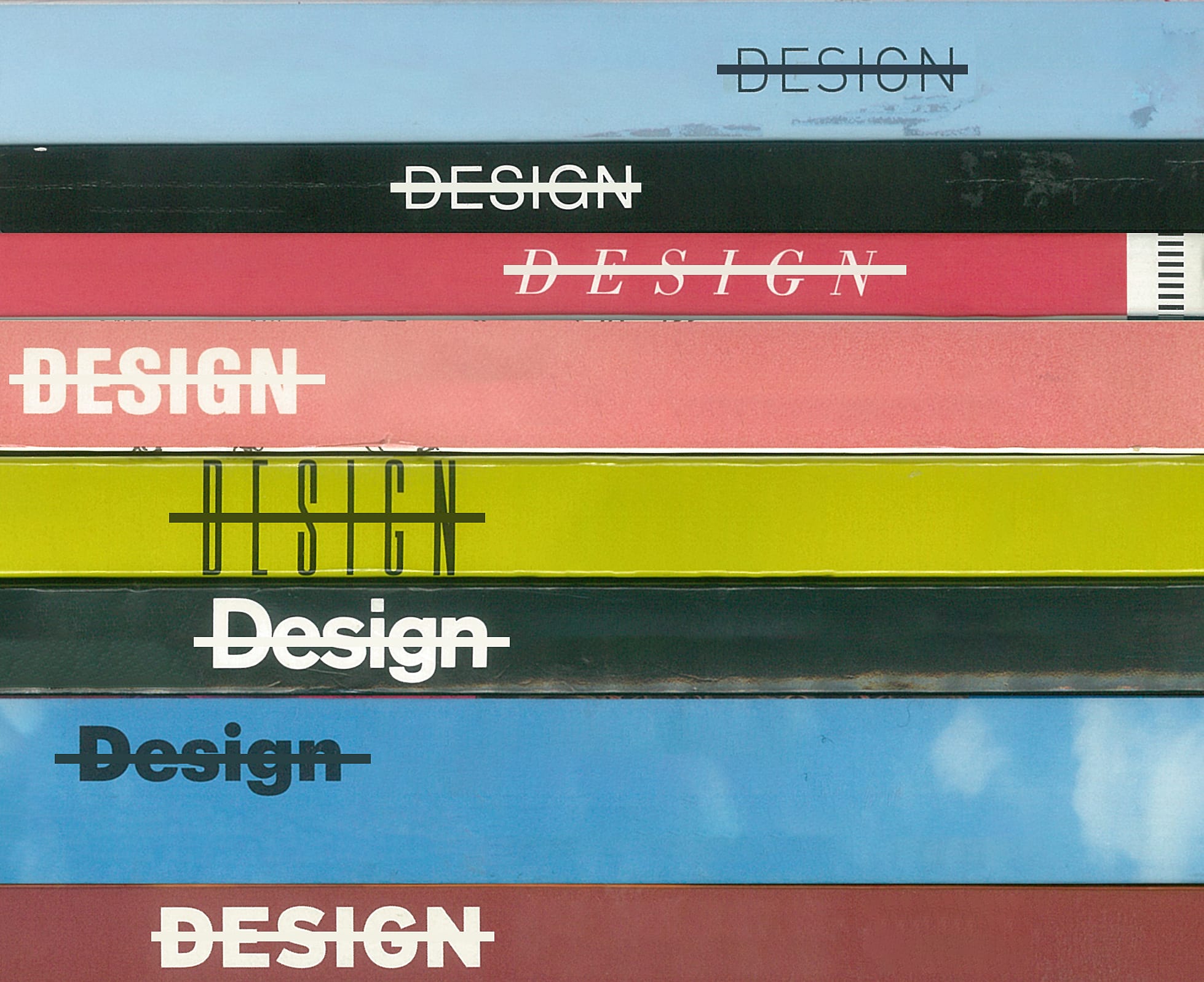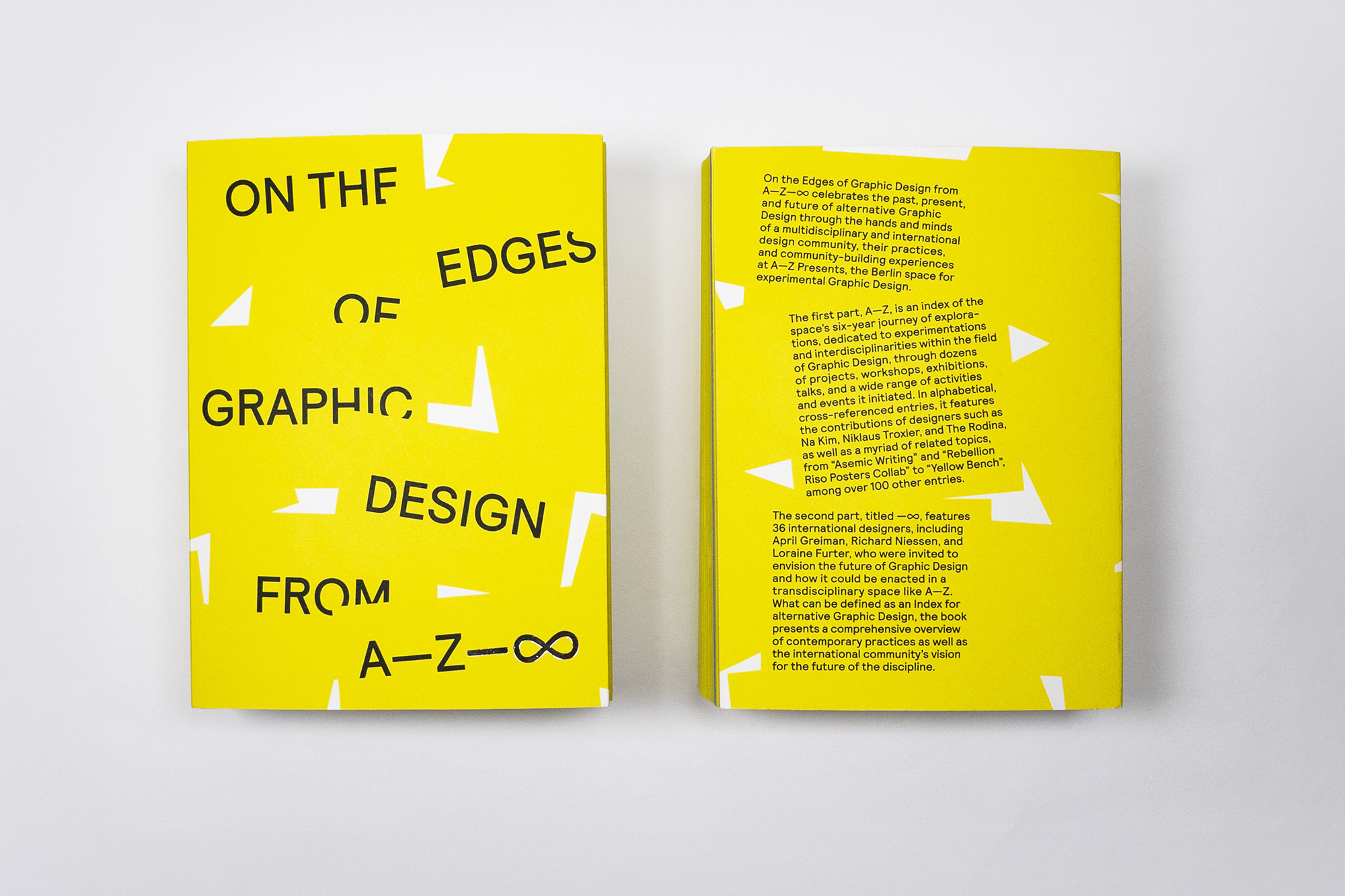1.
None of this work was meant to be precious. These posters, pins and T-shirts were meant to be worn and written over, or cut into a tank top, to be lived in.
—Jack Lowery, It Was Vulgar & It Was Beautiful
I visit an exhibition in San Francisco about design that “powers communities and fights oppression.” It collects a variety of historical ephemera—posters, buttons, t-shirts, and broadsides—from the archive’s extensive collection. The show is rich in variety and visual stimulation, activating the compact gallery with an energy akin to a protest rally. There’s even an accompanying catalog thick with more material not in the show.
Historical images of seminal social protests over the last century are interwoven with the artifacts. The people in these photos hold makeshift protest signs, less refined than those displayed in the gallery. The signs in these photos were surely discarded once the protest was over, made for the fervor of the moment, and now lost to history.
Much of the work on the walls has been celebrated in design history books, featured in design publications, and collected by other museums. These archival images are meant to situate the work in history and context. But what history and context exactly? Looking past the bubble of design discourse, a nagging friction—if not irony—emerges.
I’m old enough to know that much of the work here never left the safe confines of rarefied environments like poster shows, design organization fundraisers, and other exhibitions of this ilk. Some of this work is rightly lauded for its formal beauty, but if it never reaches the people and places where it might help to change hearts and minds, what else (if anything) is to be celebrated precisely?
I attend a groundbreaking for an expansion of the college at which I teach. I’ve taught here for over two decades and relish the realization of a newer, larger campus. A large transparent tent blocks off a wide street, covering 200-300 chairs for attendees. The weather is sunny and warm, and people are hobnobbing before the official event gets underway.
Adjacent to the tent, on the opposite curb, 10 to 15 people hold posters with “SHELL MOUND” printed in bright red with a small QR code. Closer inspection reveals “CULTURAL SITE” printed in a light green underneath the red headline (which most passersby surely miss). B-/C+ on the poster design, but A+ for showing up and actually using it.
A click-through to the QR code’s content reveals that a shellmound—human-made mounds created by native peoples that are often ceremonial places or burial sites—was discovered during the archaeological testing of the expansion’s building site. The college prefers to call it a “cultural site” (the shellmound term is “misleading” since no human remains were found), and since the construction will minimally disrupt the site below, there is no need to disturb the process above. The protest group sees it as another instance of cultural appropriation, if not obliteration.
The groundbreaking ceremony is rote and procedural, striving to be inclusive with a peaceful acknowledgment of the protestors and a rainbow coalition of students on the dais alongside the top college brass. The dirt is shoveled, the mini-cowbells we all received under our seats are rung together in response and celebration, and attendees disperse to the catered reception inside the existing campus’ main building. I see one of my current students plucking hors d’oeuvres from a table. She remarks to me that, in light of the protest we both witnessed, I feel a little guilty eating the free sushi. I do, too, I reply. But free food, especially for students, is hard to pass up. Don’t feel bad. It’s OK, I tell her.
I read more of the protest group’s online materials back in my studio. The nuance and depth betray what I wrongly assumed was a reactionary, one-note exercise in speaking truth to power. The issues are complex, and their requests are reasonable. The college would serve itself well meeting with this group to discuss them.
I wonder, though, if the reductive nature of the original SHELLMOUND poster—of any protest poster—made me (and I assume many others) recoil, at least at first. We design instructors praise the power of protest art but then wonder why general discourse has broken down into reductive “us vs. them” paradigms. Visual synthesis may streamline communication, but doesn’t it too often simplify it to a fault?
I open the New York Times on my phone and read that, in the wake of the mass protests against COVID restrictions, China’s largest stationery companies have suspended sales of A4 paper to “safeguard national security and stability.” Open dissent, especially in the form of fiery language, is barely tolerated in China. To avoid running afoul of government authorities, demonstrators all over the country are holding up blank sheets of paper.
“People have a common message,” said Xiao Qiang, a researcher on internet freedom at the University of California, Berkeley. “They know what they want to express, and authorities know too, so people don’t need to say anything. If you hold a blank sheet, then everyone knows what you mean.”
John Cage would be so proud. Here nothing is everything. Well, not nothing. The design is nothing. It’s the protest that is everything. What guts, I think to myself. Most designers would have stayed home and labored over the poster design instead. No design is necessary here. Just show up already.
2.
It has been said that beauty is a promise of happiness.
—Marcel Proust, The Captive
We lived for rituals, looking forward to the day when they would be so instinctive that we would forget how they started.
—Hua Hsu, Stay True
I sit on a hard metal chair in the nave of the college’s main building and listen to thesis students present their work. Their young faces evoke anxiety and exhaustion. Their voices wobble between confidence and confusion. The sleep deprivation yields a weary, jumpy excitement in each of them. The end of their design studies is nigh. The wider world outside awaits. (Or at least a much-deserved drink.)
When I study these students’ faces, with the needy gazes of puppy dogs or panhandlers, and I listen to them speak from their accelerating hearts about the meaning of their projects, I know this longing goes beyond just the tacit approval of us on the thesis committee. One student is grappling with the death of a sibling, another with how they and their family (if not their entire race) haven’t learned how to rest. A third student wants to enable better the act of apologizing between her and her peers, and yet another with how to help her grandparents talk about the struggles of aging.
The students seem to desire richer connections amidst too many superficial ones, with better-defined rituals that might enable them. Instead of the makeshift memorial of personal artifacts on the wall, why not create a new process for mourning and grief? Instead of the mattress covered with typography on the floor, why not advocate for better (if not redefine) labor practices? Why not just write a heartfelt letter and deliver it personally rather than design a whole app? Why not just call your grandparents and talk to them?
Indeed there is joy and purpose in simply creating and creating something beautiful, however seemingly frivolous or unnecessary. Making is fundamental to design practice. Who would want to deny our students—anyone—that? But isn’t beauty also found outside the design object and its meticulous crafting? Beauty in the messy process and the context where it appears? A tree, however singular its presence, is still part of a forest.
This creeping disappointment, instead, must come from how design’s pursuit to clarify and organize (and, yes, sell) alongside its obsession with refined craft too often pushes emotion and feeling aside—in both the work and those who make it. How can objects on a wall, table, or screen— however alluring and well-made—possibly fill these dark voids of the soul? Is this the eternal failure of design? Design’s brazen lie to all of us? No wonder too many students seem deflated rather than excited to finish their thesis projects. I know what needs to be done. Why do I have to design something to do it?
3.
I am not an ornithologist.
I am a bird.
—Saul Bellow
LinkedIn is a funny place. My age and innate skepticism make me wary of social media platforms, but LinkedIn is so weirdly nice. It still engenders a FOMO / “I’m not working hard enough” vibe. But for a network focused on our professional lives, it doesn’t feel as competitive as one might initially suspect for a service based around jockeying for jobs.
As I read through my news feed today, I am also struck by how hyperbolically fake it is. Because this is the world of service and commerce, we’re cautious not to jeopardize our standing in the omnipresent market. LinkedIn is essentially a benevolent panopticon for work—where we’re the guards and the prisoners.
Everything here is “magical,” “unparalleled,” “technologically advanced,” or “inspirational.” Even critical or offhand comments have a whiff of careful choreography aimed to charm and self-promote. Excessive hashtagging only amplifies the subtle desperation. Skepticism aside, I am not immune to the performative guidelines of its unwritten code of conduct. But, hey, at least it isn’t the troll farm that is Twitter.
I scroll through my Notifications queue stopping at one that informs me that my design firm “has ranked 6 out of 7 in follower growth among competitors in the last 30 days.” Ah, whatever little sense of community I felt earlier has been demolished by data. Instead, I’ve been given an algorithmic nudge to post more, share more, hashtag more. For “those followers who haven’t heard from you in a while.” The fireside communal has become anonymously quantitive. Hard numbers replace human voices. No wonder so many of my students want to retreat into a world of analog processes and pre-digital design history. Whatever the platform’s benefits, this is where one’s soul goes to die.
These numbers also make me anxious. The whole platform makes me nervous. It’s a reminder that time is going by, and I don’t have enough to show for it. So here I am, scrolling again. As Jenny Odell has said, “Refusal feels expensive.” She goes further, citing an anonymous quote she keeps close at hand:
Between stimulus and response there is a space. In that space is our power to choose our response. In our response lies our growth and freedom.
For most of my “responses” these days, the imperative is always more. It’s always faster. What could be worse for a designer? Or any creative person? Any thoughtful person? Breadth at the expense of depth, speed at the cost of richness is terrible, right? Yet here we are, continuing to feed the machine, hoping to post better numbers on the scoreboard. We are birds that could fly the coop anytime but prefer to stay in our cages of algorithmic categorization.
Remember the first year of the pandemic? When the last thing we wanted was another tiring hour tethered to our virtual networks on Zoom, FaceTime, and Apple iMessage? They were an adequate lifeline for a few months, and then the malaise settled in. We’d been reduced to profile pictures in infinite scrolls, phone numbers in group texts, and one box in the mosaic of Gallery View. These technologies gave us access to hordes of people and rushing streams of content, yet they weren’t nearly enough to sustain (let alone repair) our fragile psyches.
Instead, my neighbors, delivery people, the local grocer, and the barista at the nearby café became close confidantes. As Jenny Odell has also written (and before the pandemic), “[T]hose who help you will likely not be your Twitter followers; they will be your neighbors.” What became important was not the size of my network but these interactions’ intimacy and serendipity. They weren’t choreographed, they weren’t performative, and they weren’t designed. This informal network wasn’t designed to corral as many people as possible into the same playground for the same game and rules. It was the lack of control that made it all work. As David Sax writes in The Future is Analog, “A city resists control and standardization.” What does a flourishing design system that cedes control look like? Is it less design? No design?
School has started again. Our college is situated in an expensive city amidst excessive talk of the endless new—software, restaurants, currencies, et al. Everything moves fast, and the students feel the pressure to keep up, even within the warm-blanket snug of academia.
My students, though, are creating work for local nonprofits that often sit askew to all this hype around the latest “tech innovation” and instead focus on family, culture, healing, learning, humanity. These organizations are the under-appreciated sparks that keep our city’s soul afire. They rarely have the budget for any design services, professional or otherwise. Whatever these students can make for them is a gift. The audiences are often small, but the work’s potential effect can be seismic. Raising a little bit more money, bringing a few more people to an event, or getting three or four more volunteers to help can improve these organizations.
The students will contend with disorganization, overextended employees, and disorder that no design system they make will ever fully sort out. I’ve slowly come to appreciate that this may be the point. I tell them it’s the quality of the interaction your work enables that is most important. One billion Uber users mean nothing if we’re talking about enriching our lives. Of better interactions between people. Fluid user experience, refined typography, extensive brand guidelines—yes, all important, and if they truly help, then all the better. But the better question to ask is a step back. Not is this the best design? Instead, is this the best use of design?
Or maybe, is the best design no design at all?




